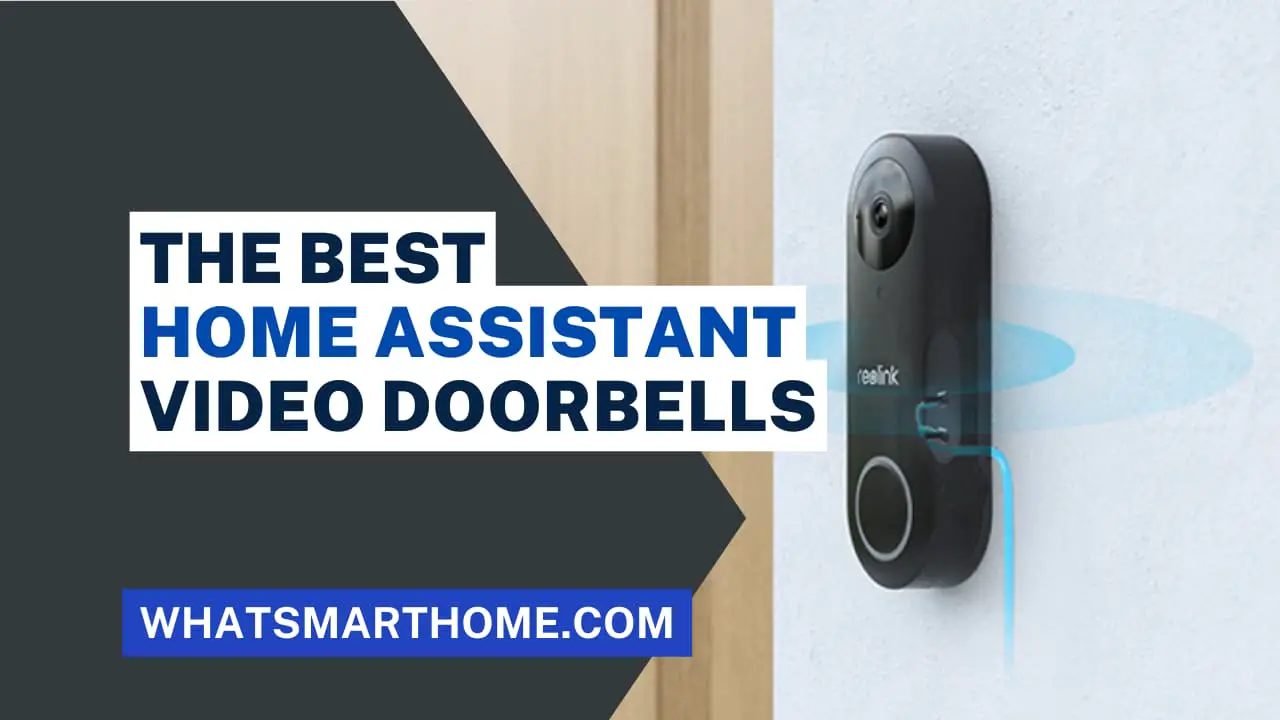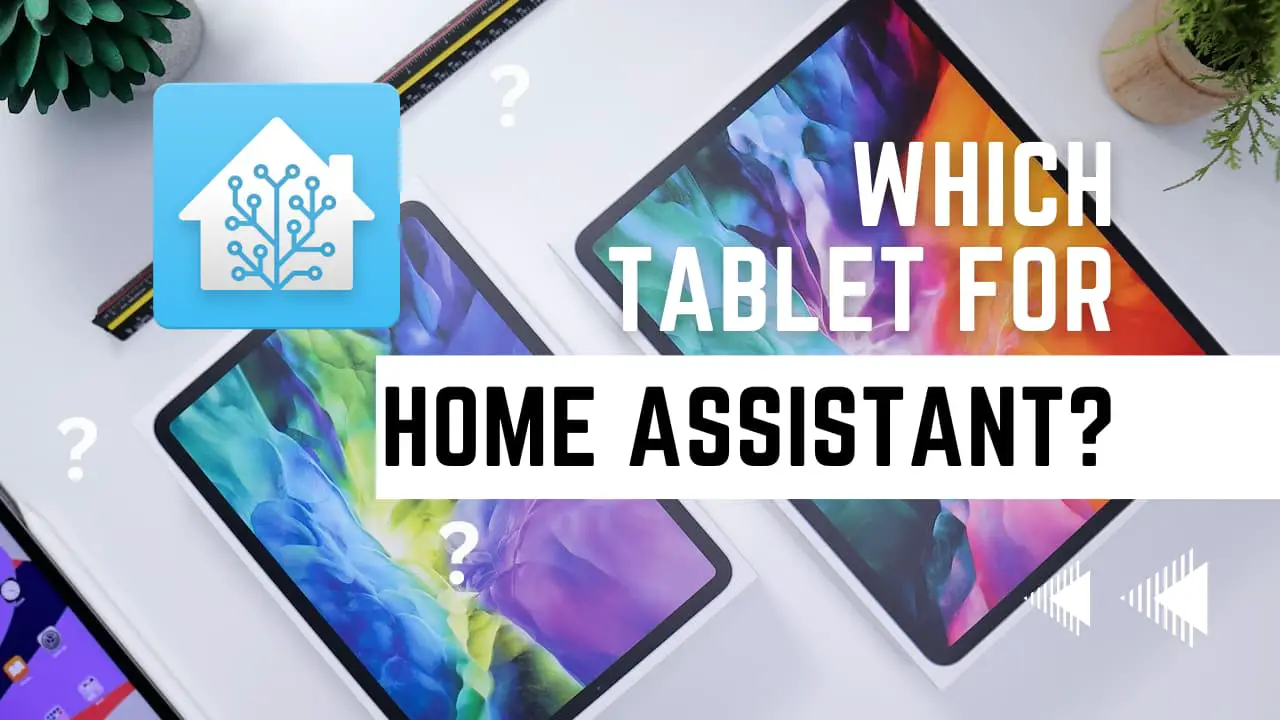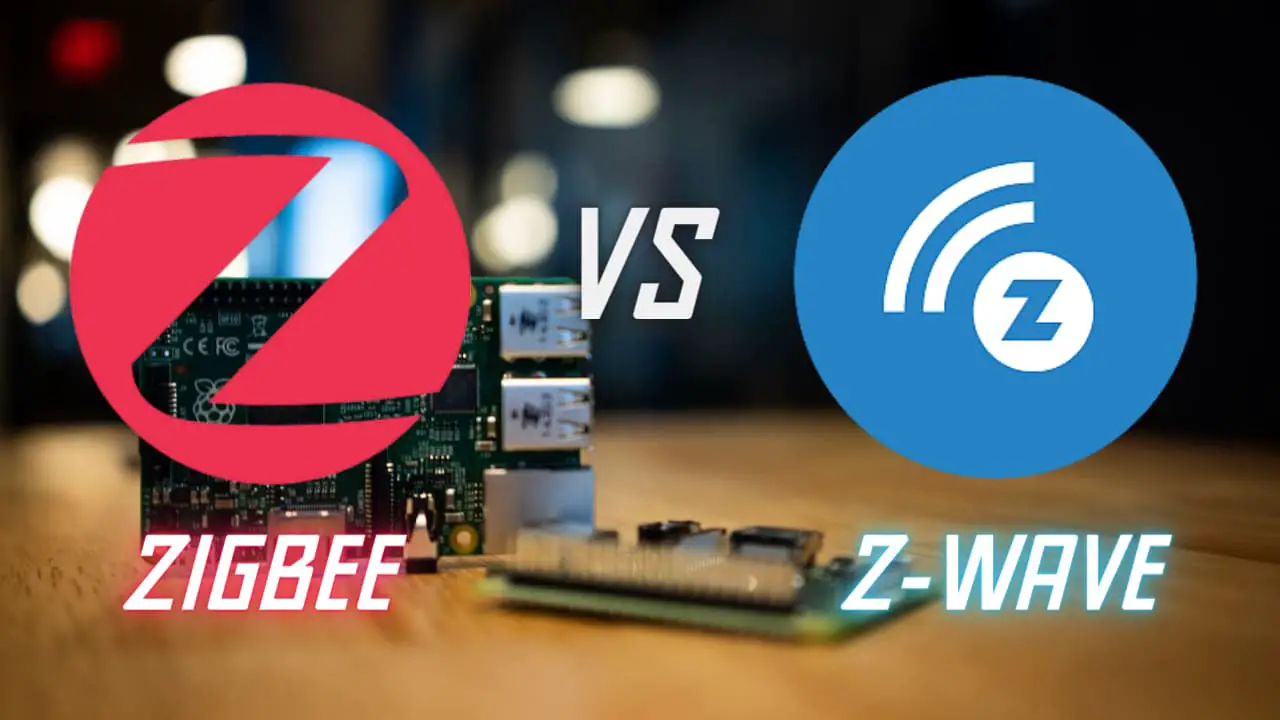
Navigating the realm of smart home protocols can feel like deciphering an ancient code. With giants like Z-Wave and Zigbee leading the way, how do you choose the perfect fit for your modern sanctuary?
Dive in as we unpack the mysteries of Z-Wave vs Zigbee, illuminating the path to your optimal smart home experience.
Introduction to Z-Wave and Zigbee
The world of smart homes is ever-evolving, and with it comes the challenge of choosing between various protocols to help our smart home devices communicate with each other. Zigbee and Z-Wave stand out as two giants in this realm.
But how do they compare? Let's dive in!
What is Z-Wave?
Z-Wave is a wireless communication protocol primarily used for home automation.
It allows smart devices like lights, thermostats, locks, and more to "talk" to each other and be controlled remotely.
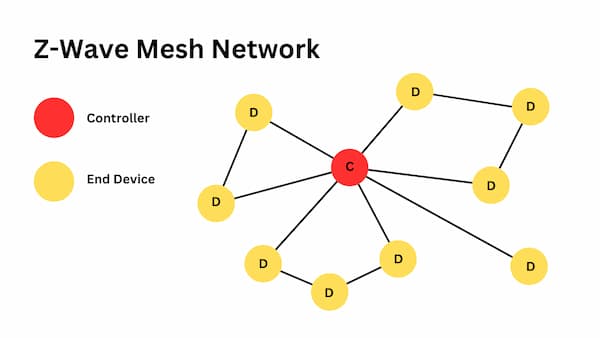
The Z-Wave protocol operates at a specific frequency, ensuring minimal interference with other household devices, and is known for its reliable, secure, and low-energy consumption properties. This makes it a popular choice for creating interconnected smart home systems.
Its strength lies in its ability to support a large number of devices while maintaining low energy consumption. It's like a dependable friend you can always count on in times of need!
What is Zigbee?
Zigbee is a wireless communication protocol designed for short-range, low-power communication between devices, often used in home automation and smart home networks.
Similar to Z-Wave, the Zigbee protocol allows devices like lights, smart locks, sensors, and more to communicate with each other and be controlled remotely.
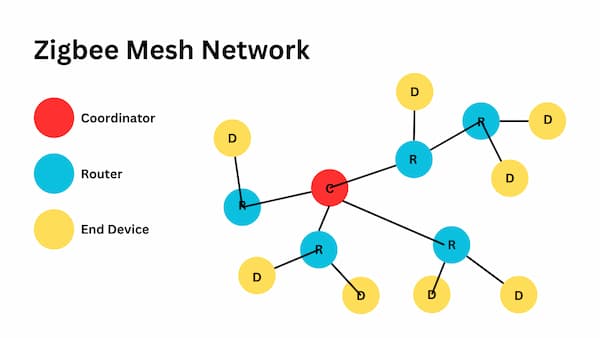
One of Zigbee's standout features is its ability to create a "mesh network" where each device can relay data to others, extending the overall range and reliability of the network.
Zigbee 3.0 is the latest iteration of the popular Zigbee wireless standard, optimised for building automation, home automation, and other IoT applications. It provides enhancements like higher bandwidth, longer range, and improved security compared to previous Zigbee versions.
Zigbee uses open network standards (IEEE’s 802.15.4 personal-area network standard) which offers flexibility, making it a preferred choice for many manufacturers in the smart device industry.
Z-Wave vs Zigbee: Key Differences
The main difference between Zigbee and Z-wave is that Zigbee is an open standard built for interoperability while Z-Wave is a proprietary technology with long range.
Frequency Range
Z-Wave operates mainly in the 908.42 MHz range in the US, while Zigbee typically uses the 2.4 GHz frequency band. This means they don't interfere with each other. It's like having two radio stations broadcasting on different frequencies, each with its own set of listeners.
Range and Coverage
Z-Wave devices usually boast a range of up to 100 meters in open space. Zigbee, on the other hand, tends to have a shorter range but can create a mesh network where devices communicate with one another, extending the effective range. It's akin to a relay race, with each runner (or device) passing the baton (or signal) to the next.
Network Size and Scalability
With Z-Wave, you can connect up to 232 devices, which for most households is more than enough. Zigbee shines here with the capability to support a whopping 65,000+ devices. Need to light up a mansion or two? Zigbee's got your back!
Interoperability and Compatibility
Since Z-Wave is maintained by a single entity, device compatibility is usually more consistent.
Zigbee's open-source nature can lead to variations, but its widespread adoption can offset this.
It's a bit like Android vs. iOS; one offers a unified experience, the other vast possibilities.
Advantages and Disadvantages
Zigbee vs Z-Wave Comparison Table
| Zigbee | Z-Wave | |
|---|---|---|
| Range | Typically 10-20 meters | Up to 100 meters |
| Reliability | Can interfere with Wi-Fi devices on 2.4 GHz networks | Minimal interference with other devices |
| Mesh Network Capability | Yes | Yes |
| Network Size | Up to 65,000 devices | 230 devices |
| Cost | Competitive | More expensive |
| Maturity | 2002 | 1999 |
| Compatibility | Yes, although variations in Zigbee profiles can lead to compatibility issues between manufacturers | Devices in the US might not work in the EU and vice-versa |
| Open Standard | Yes | No |
| Security | AES encryption | AES encryption |
Pros of Z-Wave
| Reliability | Z-Wave operates at a specific frequency (908.42 MHz in the US), ensuring minimal interference with other household devices, resulting in a stable and reliable network. |
| Interoperability | One of Z-Wave's strengths is its compatibility. There's a vast ecosystem of Z-Wave-compatible devices from various manufacturers, all designed to work seamlessly together. |
| Extended Range | Z-Wave devices can communicate over relatively long distances, typically up to 100 meters (328 feet) in open space. This range can be even more extended as each device acts as a repeater, passing the signal further. |
| Security | Z-Wave implements AES encryption, ensuring that the communication between devices is secure and protected from potential intruders. |
| Low Energy Consumption | Z-Wave devices are designed for low power consumption, which is especially beneficial for battery-operated devices, ensuring they last longer before needing a battery change or recharge. |
| Mesh Network Capability | Each Z-Wave device can function as a repeater. This means if one device can't directly communicate with another due to an obstacle or distance, the message can be passed through intermediate devices to ensure it reaches its destination. |
| Large Network Support | A Z-Wave network can support over 230 devices, providing ample flexibility for even sizable home automation setups. |
| Mature Technology | Being in the market for several years (since 1999), Z-Wave has a proven track record, and its technology has matured, leading to robust and dependable performance. |
| Backward Compatibility | Newer Z-Wave Plus devices are generally backwards compatible with older devices, ensuring longevity and adaptability in your smart home system. |
Pros of Zigbee
| Mesh Networking | One of Zigbee's most distinguishing features is its ability to create a mesh network. In this setup, devices (or nodes) relay messages for neighboring devices, enhancing the network's range and resilience. |
| High Scalability | Zigbee can support a massive number of devices on a single network — up to 65,000+, making it suitable for both small and extensive setups. |
| Low Power Consumption | Zigbee is designed to be energy-efficient, which is especially advantageous for battery-operated devices, allowing them to function for longer durations without frequent battery replacements. |
| Open Standard | Being an open standard means manufacturers have the flexibility to develop and customize Zigbee devices without stringent licensing constraints. |
| Reliable & Secure | Zigbee employs advanced encryption techniques (128-bit AES encryption) to secure its networks, ensuring that communications are safe from potential eavesdroppers or intruders. |
| Interoperability | Due to the Zigbee Alliance's efforts, there's an emphasis on ensuring various Zigbee products from different manufacturers can work together harmoniously. |
| Frequency Agility | Zigbee can operate on multiple radio frequency bands, including 2.4 GHz, 868 MHz, and 915 MHz. The 2.4 GHz frequency is especially noteworthy as it's used globally, making Zigbee products internationally compatible. |
| Fast Communication | Zigbee devices boast a rapid communication rate, which is especially crucial for applications where immediate responses are essential, such as security systems. |
| Affordability | Due to its open-source nature and widespread adoption, Zigbee devices tend to be competitively priced, offering consumers a variety of choices without breaking the bank. |
Cons of Z-Wave
| Limited Devices per Network | A Z-Wave network can support a little over 230 devices. While this might be adequate for most homes, extensive setups might find this limit constraining. |
| Frequency Variation by Region | Z-Wave's operating frequency differs based on the region (e.g., 908.42 MHz in the U.S., 868.42 MHz in Europe). This means you can't buy a Z-Wave device in one country and expect it to work seamlessly in another with a different frequency. |
| Cost | Z-Wave devices tend to be slightly pricier compared to some other technologies, primarily due to licensing costs associated with the technology. |
| Range | While Z-Wave has a decent range (typically up to 100 meters or 328 feet in open space), physical obstacles like walls can significantly reduce this, necessitating more devices to act as repeaters. |
| Closed Standard | Unlike Zigbee, which is an open standard, Z-Wave is a proprietary technology, which can potentially limit innovation and variety in the marketplace. |
| Network Speed | Z-Wave's data transfer rate is slower compared to some other wireless technologies. While this is often sufficient for home automation tasks (like turning lights on/off), it might not be ideal for more data-intensive applications. |
| Popularity in Specific Regions | Z-Wave is more popular and widely adopted in certain regions (like the U.S.) compared to others. This regional variation can affect the availability and variety of devices in some parts of the world. |
| Limited Direct Connections | In a Z-Wave network, a device can make direct connections to a limited number of other devices, sometimes necessitating strategic placement or additional repeater devices to ensure network efficiency. |
Cons of Zigbee
| Interference Issues | Zigbee operates on the 2.4 GHz frequency, which is the same as many Wi-Fi networks and household devices. This can lead to potential interference, especially in areas crowded with many wireless signals. |
| Compatibility Concerns | Even though Zigbee is an open standard, not all Zigbee devices are guaranteed to work seamlessly together. Different manufacturers might implement the standard slightly differently, leading to compatibility hiccups. |
| Range | Zigbee's typical range, while adequate for many homes, is shorter than some other technologies. It's about 10-20 meters (33-66 feet) indoors, but this can vary based on the specific environment and potential interferences. |
| Network Size | While Zigbee can technically support a vast number of devices (65,000+), practical real-world setups might face challenges as the network grows, potentially leading to latency and efficiency concerns. |
| Battery Life Variability | While Zigbee is designed for low power consumption, the actual battery life of devices can vary widely based on the manufacturer and specific device usage. |
| Learning Curve | Due to its flexibility and various implementations, setting up and troubleshooting a Zigbee network might have a steeper learning curve, especially for those new to home automation. |
| Security Concerns with Earlier Versions | Earlier versions of Zigbee had some security vulnerabilities. While these have been addressed in recent iterations, it's essential to ensure devices use the latest Zigbee versions with updated security features. |
| Market Fragmentation | The existence of different Zigbee profiles (like Zigbee Home Automation, Zigbee Light Link, etc.) can lead to confusion and compatibility issues among consumers. |
| Network Setup | Establishing a stable and efficient Zigbee mesh network might require strategic placement of devices, and in some instances, adding more devices to act as routers or repeaters. |
Conclusion
Both Z-Wave and Zigbee offer stellar capabilities for smart home enthusiasts. The choice boils down to specific needs and preferences.
Do you value consistency and reliability, or are you seeking flexibility and scalability?
The world of smart home protocols is vast but armed with knowledge, you're set to make the right choice!



